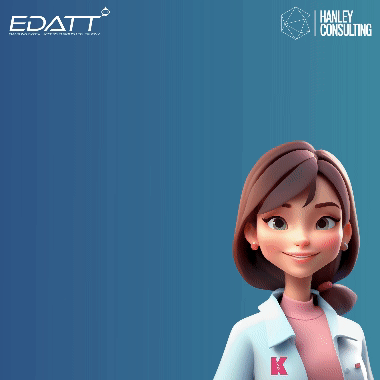We spoke with Connexica, who gave us 5 healthcare technology predictions for 2017:
1 – Rise in virtual GPs
The Office of National Statistics have recently reported an increase in the use of the internet to research health related information, with 68% of 25-34 year olds now turning to the internet for advice and information. Combine this with results found in the 2016 GP Patient Survey stating that:
- 18.7% of patients said their surgery was not open at convenient times – rising from 16% in 2012.
- 11% of patients said they had failed to get an appointment at all – rising from 9.66 in 2012.
- 25.8% said it was difficult to get through to a doctor’s surgery by telephone – a rise from 19.9% in 2012.
People are now turning to telemedicine, using websites and apps to access medical care and information. Certified doctors are now available at the click of a button to diagnose and give advice for peace of mind, provide electronic prescriptions and in some cases, organise medicine delivery and self-test kits, results and feedback.
Accessing this medical advice does have a cost associated with it but for many this is negligible when compared to the speed and access to a medical professional.
While there are limitations within the telemedicine industry, such as a lack of physical consultations and a reduction in care continuity, 2017 will see a rise in use as patients are increasingly frustrated with waiting times. When patient care is managed effectively, telemedicine providers should alleviate some of the pressure on the NHS.
2 – Data security will be under threat
Unfortunately, 2016 saw Northern Lincolnshire and Goole NHS Foundation Trust experience a cyber-attack that forced the trust to cancel hundreds of planned operations and outpatient appointments.
Experian have released its 2017 data breach industry forecast and it does not look positive for the health sector. The report’s top five predictions state: “Healthcare organisations will be the most targeted sector with new, sophisticated attacks emerging” and it is no secret that personal medical data remains one of the most valuable types of data sought after by hackers.
Healthcare organisations need to be ready for an increase in data breaches – organisations that are unprepared will be at an increased risk without stringent data security measures, contingency plans and fully trained employees.
The report goes on to discuss how “Ransomware presents an easier and safer way for hackers to cash out; given the potential disruption to a company, most organizations will opt to simply pay the ransom,” the report states. “This has unintended consequences of funding more research and development by attackers who will in turn develop more sophisticated and targeted attacks.”
3 – Expansion of technology in medical tools and apps
2017 will see a surge in funding for R&D in the use of technology for medical tools. 2016 has already seen Glaxo Smith Kline team up with Google’s parent company, Alphabet, to develop miniature electronic implants. The partnership will be the first of many, with innovations such as implants able to treat asthma, 3D printed organs and developments in wearable devices changing the way we study our health.
For a long time now healthcare apps have focused mainly on wellness, with over 165,000 health related apps on the market today. Price Water House Coopers Consulting (PwC) predict that 1.7 billion people are expected to download a mobile health app by 2017, new apps will not only monitor patients but will also diagnose with a variety of ailments and, in some cases, predict when an illness will occur.
4 – Increase in spending
One thing for certain is that 2017 is going to be the year of spending – Gartner predicts that companies worldwide will spend $3.5 trillion on IT in 2017. In a shift toward cloud technology this spend is predicted to be spent on software and services opposed to more traditional hardware. Software spend is projected to be up 6% in 2016 and 7.2% in 2017 to total $357 billion. IT services spending is set to grow 3.9% in 2016 to reach $900 billion, and increase 4.8% in 2017 to reach $943 billion.
5 – One to watch out for
Blockchain technology has been around for a while now, with Bitcoin claiming many headlines this year. 2016 has seen the hype build around blockchain technology, so expect to see 2017 take hype to reality as people move from a proof-of-concept to production and real world use cases especially in the finance and government sector. Look out for blockchain integration and private blockchain networks as the technology is widely adopted.
We hope you have had a successful 2016 and are looking forward to the interesting technology advancements of 2017!




